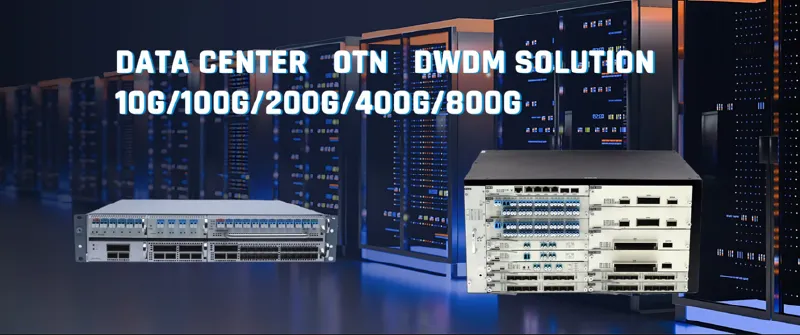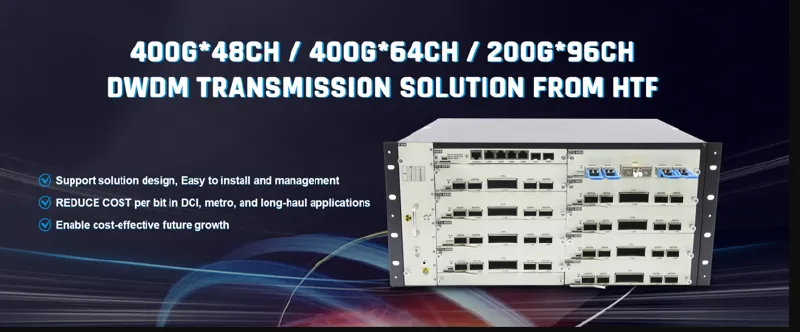Computing power is growing at a rate of 10 times per year. Under Moore’s Law, the computing power of a single chip can no longer bear this speed alone. Therefore, a more efficient interconnection structure and protocol mechanism need to be introduced at the system design level. The existing network architecture faces bottlenecks. Scale-up and scale-out architectures are beginning to be used within AI clusters to improve flexibility, and corresponding network interconnection protocols, such as UALink, ETH-X, Ultra Ethernet, etc., are also developing rapidly. These protocols provide lower latency, higher throughput and scalability connectivity, and are key network infrastructure for adapting AI workloads.
Comparison and selection of LPO and CPO, and development prospects
The two modules are not in competition, but are aimed at different usage scenarios. LPO (linear pluggable module) has lower overall power consumption and more cost advantages due to the removal of DSP chips, and is suitable for deployment in fixed links within data center AI clusters. At present, some mainstream manufacturers have carried out small-scale deployment. In contrast, CPO (co-packaged optics) integrates the optical engine and the switching chip into a package, which can significantly reduce the bottleneck of electrical interconnection bandwidth and is particularly suitable for future short-distance connection applications with a rate of 3.2T or higher. However, due to the problems of industry chain collaboration such as packaging process, thermal design, and connector compatibility, CPO is still in the early verification stage at this stage and is still far from large-scale commercial use.
Is single-channel 200G the end point of bandwidth development?
Experts quoted the views of industry representatives. Some believe that 200G is the best balance between technology and cost at present, which is enough to support the internal connection needs of most data centers; while other companies insist on breaking through the research and development direction of single-channel 400G, and believe that in the future larger-scale AI clusters, it is also important to reduce the number of links and reduce system complexity. From the trend point of view, 200G will dominate in the short term, but 400G single channel will become the key direction of medium and long-term breakthroughs.
Is 448G single-wave transmission possible for industrialization?
Experts introduced the current technical challenges in detail. First of all, PAM4 is still the mainstream modulation method, but it places extremely high requirements on the bandwidth of the device, which needs to reach above 112GHz. In order to reduce the dependence on bandwidth, some manufacturers have begun to study modulation methods such as PAM6 and PAM8, but this also means higher complexity and difficulty in signal-to-noise ratio management. In terms of devices, including modulators, connectors, PCB materials, etc., all need to be improved simultaneously in bandwidth, linearity, and package size. Keysight Technologies has currently built a complete 448G single-wave test link, combined with arbitrary waveform generators and high-speed sampling oscilloscopes, to provide the industry with advanced verification capability support.
Positioning of coherent optical technology in future data centers
Coherent optical technology is more suitable for medium- and long-distance application scenarios of 2–20km, especially the interconnection between hyperscale data centers (DCI) or edge data centers and backbone networks. Under the premise that there is limited room for cost reduction of short-distance optical modules, coherent optical technology may be more widely used in future 1.6T and higher-speed connections with stronger fault tolerance and spectral efficiency.
HTF provides single-wavelength 400G, 200G, and 100G coherent solutions for data center hyperconnectivity. 40X400G=1.6T, bringing new opportunities to our customers.
Opportunities for domestic manufacturers in the CPO module ecosystem
Experts believe that pluggable connectors are decoupling the dependency between optical engines and chips, reducing the complexity of system integration. This provides a realistic path for traditional optical module manufacturers to enter the CPO ecosystem. At present, domestic manufacturers have launched optical engine products compatible with the CPO architecture and accelerated their layout in connector design, thermal packaging, and system adaptation.
Testing difficulties of 1.6T modules and LPO modules
The current industry standards have not yet fully converged, especially in terms of consistency testing, which faces many challenges.



